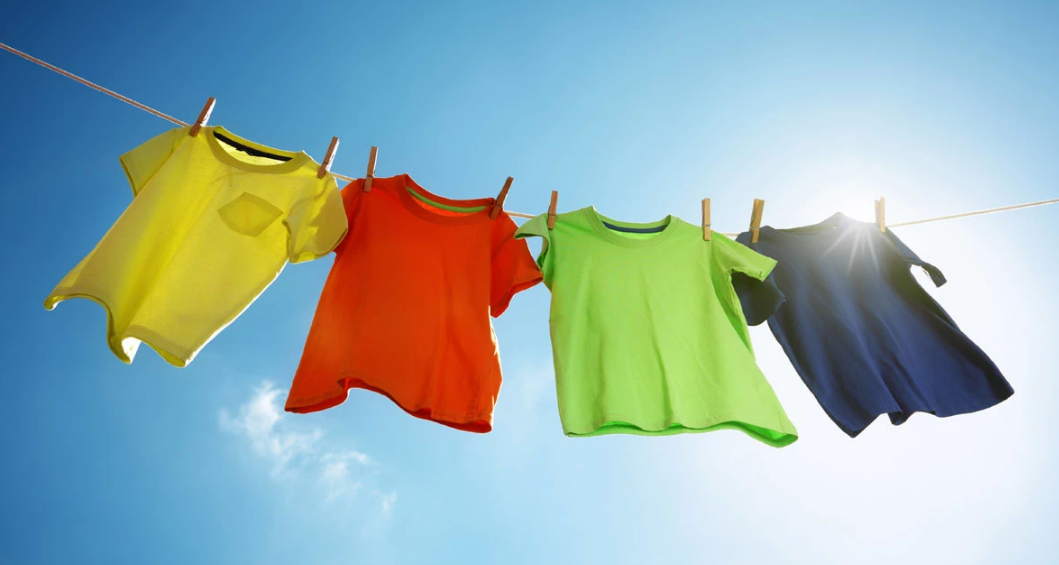Table of Contents
About Clotheslines
In this modern age, it seems strange to discuss such an old-fashioned solution for drying laundry. After all, why not just use a dryer instead? In this post, we’re going to go over anything you need to know about the clothesline.
We’ll discuss why this simple system of clothes and linen hanging is making a big comeback. We’ll also have a look at some of the history of the clothesline. We’ll go through the different types, from the simple line and clothes peg models, to the more modern rotary Hills clothesline models.
Types of Clothesline
A washing line is simply a rope or cord that you stretch from one point to another. It’s designed to remain taught and keep the laundry off the ground while it dries.
The basic design has remained much the same over the years. It’s a line strung between two sticks, but there are variations. For more information, contact Aussie Clotheslines & Letterboxes. They have different varieties of clotheslines.
Longer Lines
Where a longer line is required, you need an extra post to shore up the middle sections. If you don’t do this, the line sags in the middle, rendering it ineffective.
Multiple Lines
The next development in this “technology” was to create a few rows of lines, all held together. This design is useful in areas with limited space.
Rotary Designs
These are even more effective at saving space. You have a single post in the center. This post has four arms reaching out from the center. They’re evenly spaced with holes for a few lines to pass through. These designs feature multiple lines and can swing in the breeze.
Retractable Designs
For those with minimal space, these lines stretch out. When the washing is dry, you fold the clothesline away again.
Benefits of Having a Clothesline
Saves a Significant Amount of Energy
Even an energy-efficient dryer requires a lot of power to run. With a little sweat equity, you can save on your energy bills.
It’s Better for the Environment
If you want to reduce your carbon footprint, this is a great place to start. You’ll save the equivalent of 2kg of CO2 emissions for every load that you hang out.
It’s Kinder for Clothes
Say goodbye to that sinking feeling of finding that your pricey garment shrank. Colors may fade over time with exposure to sunlight, but there’s no visible shrinking.
Clean, Fresh Laundry
You don’t need to rely on fabric softeners to make the washing smell nice. The sunshine and wind will take care of that for you. That’s one more score for the environment. Plus, clothes come off the line less wrinkled than they would from a dryer.
It’s a little More Exercise
Hanging the items is not hard, but it does give you a bit of a workout.
It’s a Noise-Free Solution
There’s no noise to worry about. As a bonus, you don’t have to worry about breathing in lint either.
Conclusion
It just goes to show that the most technologically advanced solution is not always the best one. For a little bit of extra effort you can:
- Save money on energy.
- Help the environment.
- Have fresher smelling clothes.
- Reduce noise pollution and emissions.
- Get a mini-workout.
Naturally, if you live in an area with a lot of pollution, this isn’t the best option. For most of us, though, it’s a viable solution. All you need is a bright day. Even if it’s overcast, hanging the washing out early enough means it usually dries. Do you want to go back to using a dryer?
















